Swampy or water-logged soils can be a complex problem to deal with. They can wreak havoc on your garden and ruin the look of your yard, not to mention how uncomfortable they can make it when you’re walking around outside! This issue takes time to fix, and sometimes it has to be tackled from many angles. No single solution resolves excess drainage (in my view), especially with the continued heavy rains we have had over the past couple of years.
One way to manage these soils is by understanding the conditions, taking appropriate steps to improve drainage and soil quality, and planting properly suited plants. Many people need to pay more attention to the importance of soil assessment, prep, and pH testing. Soil prep is essential for plant root aeration and long-term plant health so the soil drains better. But don’t worry; there are ways to fix the problem. Here are some tips for dealing with swampy soil:
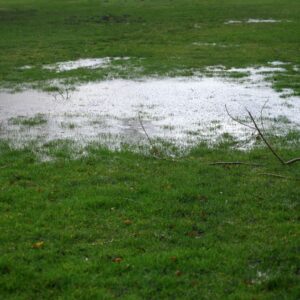
Identify Drainage Issues
If you have waterlogged areas in your lawn, it could be due to inadequate drainage or a blocked or broken pipe. Take a look at where the water is coming from and try to identify what needs fixing before attempting any other solutions.
What Type Of Soil Is It?
When dealing with swampy or water-logged soils, it’s essential to determine what kind of soil you’re dealing with. Understanding the composition of your soil will help you decide which drainage techniques are best.
If you have clay soil, it’s best practice to aerate it with a spade or fork before attempting other drainage techniques. This will help break up compacted clumps and allow for better water absorption. It’s also essential to use organic matter such as compost or manure when aerating, as this will help improve the soil structure.
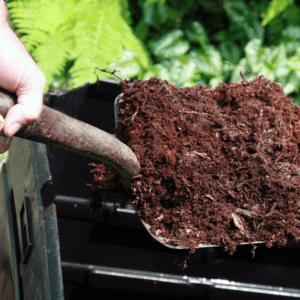
If you have sandier soils, installing drainage systems to reduce waterlogging may be necessary. French drains are a popular option; trenches filled with gravel guide water away from the area and into a lower space where it can dissipate more efficiently.
In addition to improving drainage, it’s essential to select plants best suited for wet areas — such as cattails, marsh marigolds, sedges, tussock grasses, and other fast-growing species that can tolerate periods of saturated soil levels. Ensure these plants have access to plenty of oxygen to prevent root rot.
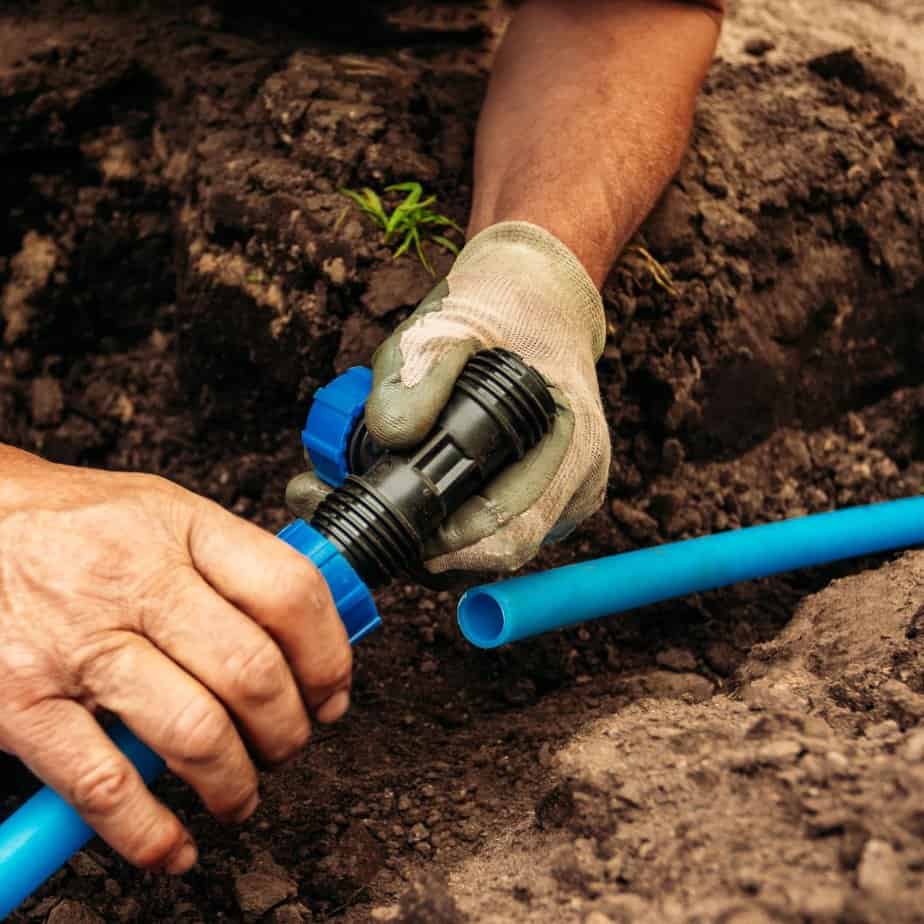
Drainage Is Vital
Drainage is an important factor to assess and consider. Surface drainage, like agricultural pipes, can only help reduce the problem of water-logged soil as water travels to the lowest points within a garden.
Building up the soil helps with getting the roots away from the water whilst improving aeration too, but the effect of this takes a long time to see results from, plus doing this alone will not resolve the water logging issue.
It’s important to note that too much water retention may result in anaerobic conditions and pH impacts (which will impact nutrient release and plant health). So “smelly” soil is not good and is another indicator that something is wrong with the soil.
Install A French Drain
If your problem is more serious, consider installing a French drain. This involves digging trenches and laying pipes that allow the water to flow away from the area and into a designated drainage area.
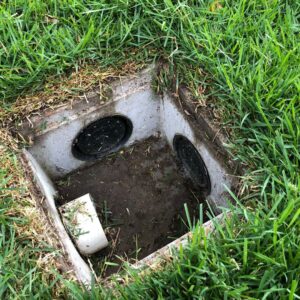
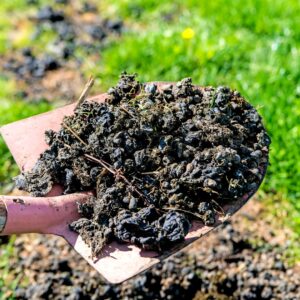
Increase Permeability Of Soil
By increasing the permeability of your soil, you can help the water pass through more quickly and easily. This can be done by adding organic matter like compost or manure or aerating the soil with a garden fork.
Plant Raised Beds
If you’re having trouble with swampy soil in one area, try planting from raised beds so that your plant’s roots stay above the water line. Raised beds also allow better airflow around the soil to help with drainage.
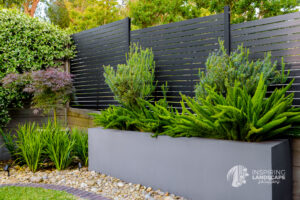
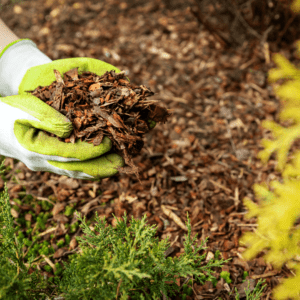
Mulch Heavily
Adding a thick layer of mulch to your garden can keep the surface dry and help block some of the moisture from seeping in. This is especially important in areas where water tends to collect.
Overall, successful gardening in swampy areas requires knowledge and dedication. It’s important to understand the conditions you’re dealing with and take appropriate steps to improve drainage and soil quality. Once these steps are taken, you can select plants better adapted for wet soils so your garden will thrive!
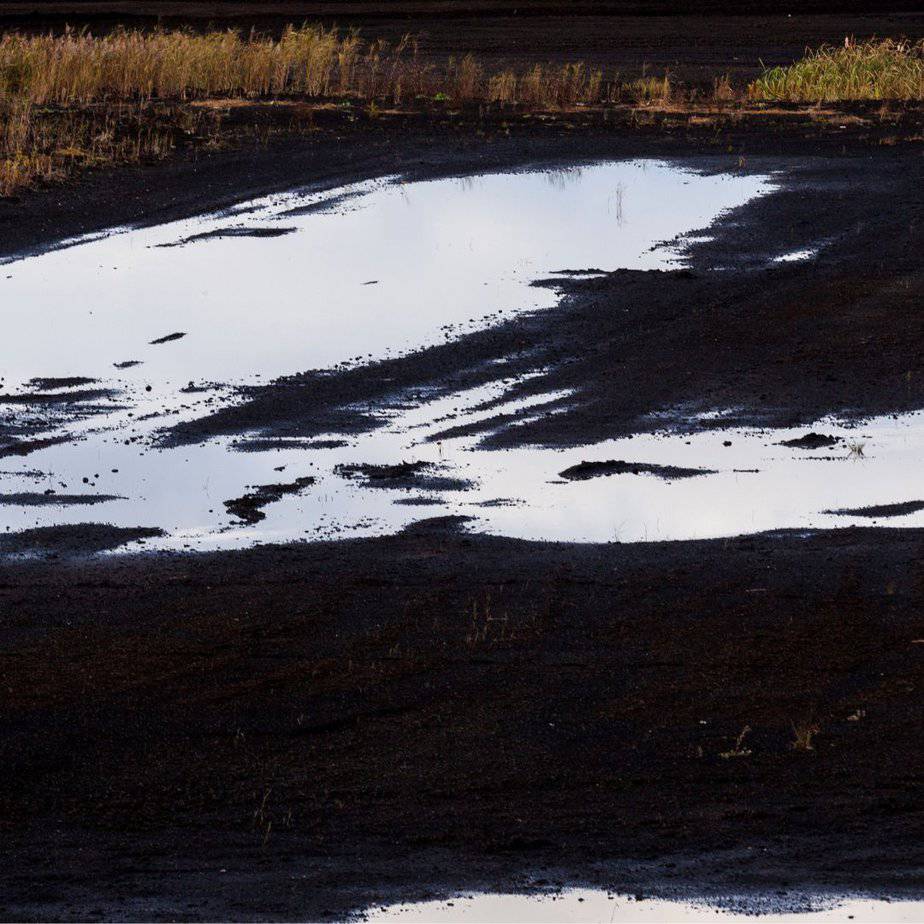

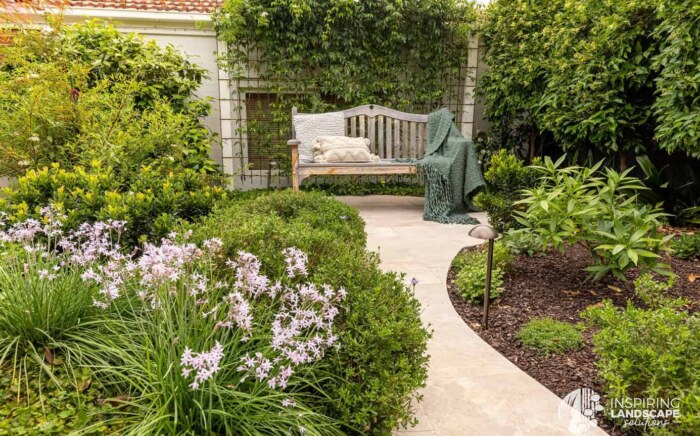
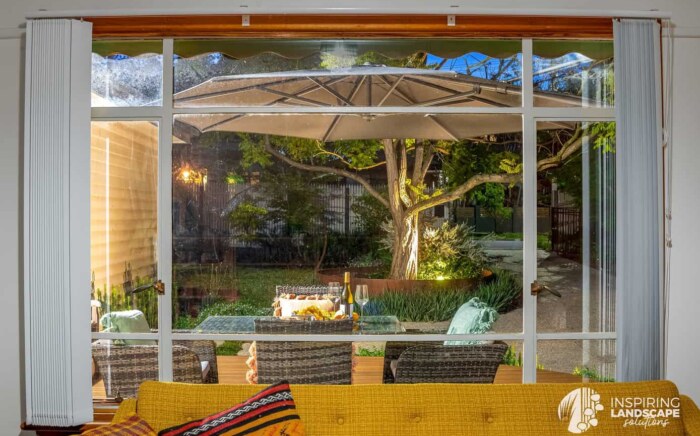
Leave a Comment